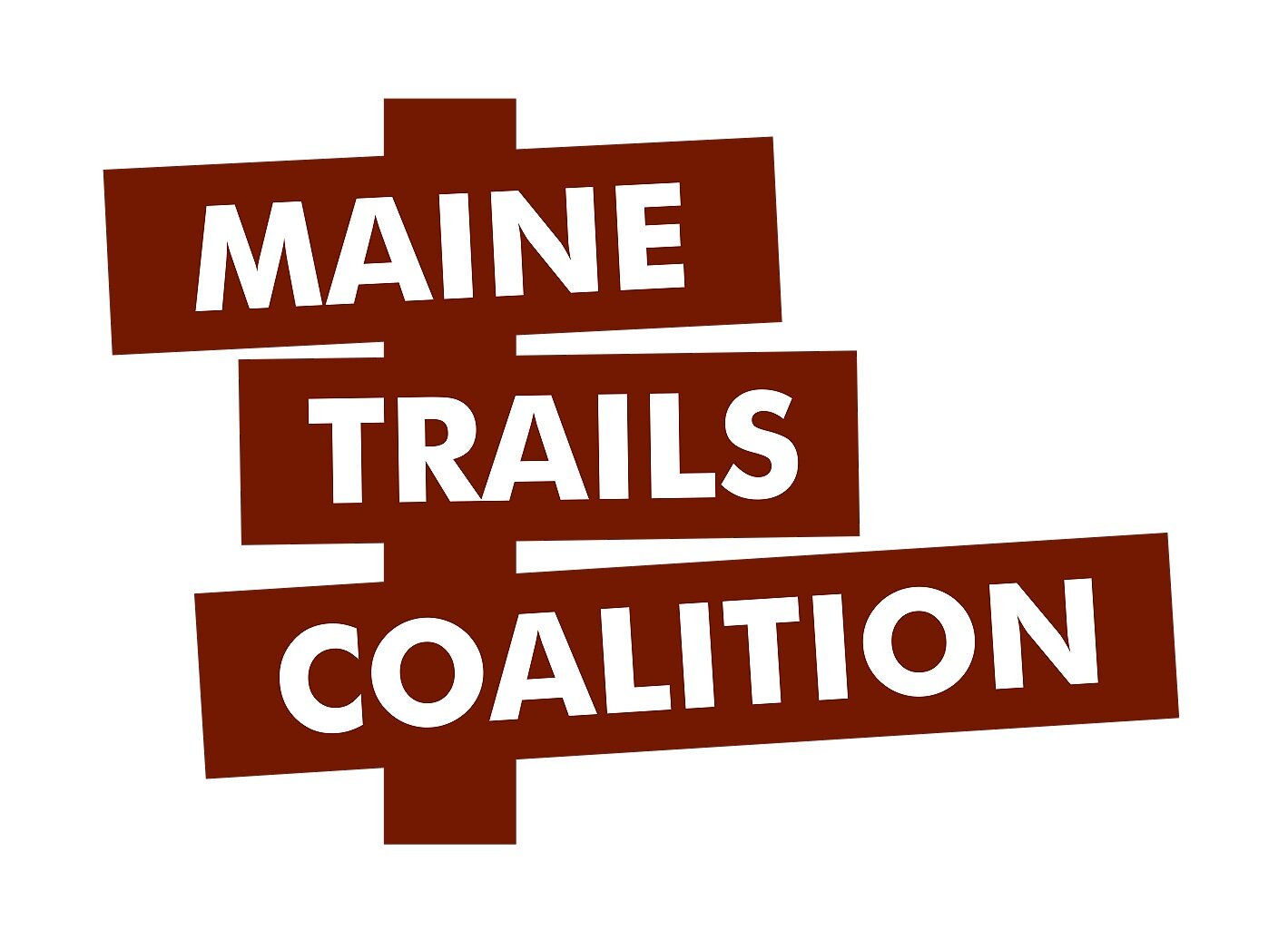
The Benefits of Trails
Regional trails provide a broad range of benefits to the communities lucky enough to have them.
Trails make us healthier.
Supporting physical activity like walking and biking on trails is an enormous boon for public health. The CDC reports that “having access to places for physical activity, such as parks and trails, encourages community residents to participate in physical activity and do so more often.… People are also more likely to walk when they feel protected from traffic and safe from crime and hazards.”
Another recent study found that “those living within less than a mile of the new trails were getting on average 45 minutes more exercise a week after the trails were built than they were before they had that available infrastructure. The amount of increased exercise per week went down the further away people lived from the new trails, but benefits were still seen up to those who lived 2.5 miles away.”
These health benefits translate into demonstrable cost savings, too. A literature review (PDF) by the American Heart Association found that “For every dollar invested in building trails, nearly three dollars in medical cost savings may be achieved.” Spending time outside on trails has proven mental health benefits, having been shown to reduce stress, anxiety, and isolation.
Trails support our local economies.
The 2018 Eastern Trail Economic Impact Study (PDF) reported that 50 percent of trail users “reported spending on hard goods (bikes and bike accessories, running gear and clothing), soft goods (food and beverages, restaurant meals), and rentals of sports equipment.” That report also noted that “housing values nationwide are reported to increase from 5% to 10% for proximity to a trail.”
A March 2019 report on Maine Public Radio stated that “rural Maine could be making $5.6 billion in rural tourist dollars by 2030, if visitor experiences are improved. That's according to a pair of studies conducted by global consulting firm FutureIQ. The studies found that a growing middle class in Asia, coupled with the popularity of nature-based travel and other factors, could significantly boost rural tourism over 12 years.” Trails are a leading example of the kind of investment this report is talking about.
Trails are good for the environment and our climate.
Over half of Maine’s greenhouse gas emissions come from transportation. Trails provide safe, accessible alternative transportation routes for commuters.
As the Rails-to-Trails Conservancy notes, “greenways and trails help preserve important natural landscapes, provide needed links between fragmented habitats and offer tremendous opportunities for protecting plant and animal species. They also can be useful tools for wetland preservation and the improvement of air and water quality. In addition, they can allow humans to experience nature with minimal environmental impact.”
Trails improve public safety.
In 2019, pedestrian deaths in Maine were at a 14-year high. The most effective way to combat these unnecessary deaths is by creating safe and accessible places for people to walk and bike in their communities away from motor vehicle traffic. As the Rails-to-Trails Conservancy points out, “the ability to avoid congested streets and highways, and travel through natural areas on foot or by non-motorized means, is a large factor in a community’s ‘livability.’”
A National Parks Service report on the “Benefits of Trails and Greenways” reports that “a review of four separate studies conducted between 1979 and 1997 concluded that rail-trails do not increase crime and that rates of crime on suburban rail-trails is lower than overall suburban crime.”
Read More About the Many Benefits of Trails
The Benefits of Shared Use Paths, By the Numbers, Kittelson & Associates
Health and Wellness Benefits of Trails and Greenways (PDF), Trails and Greenways Clearinghouse (a project of Rails-to-Trails Conservancy)

